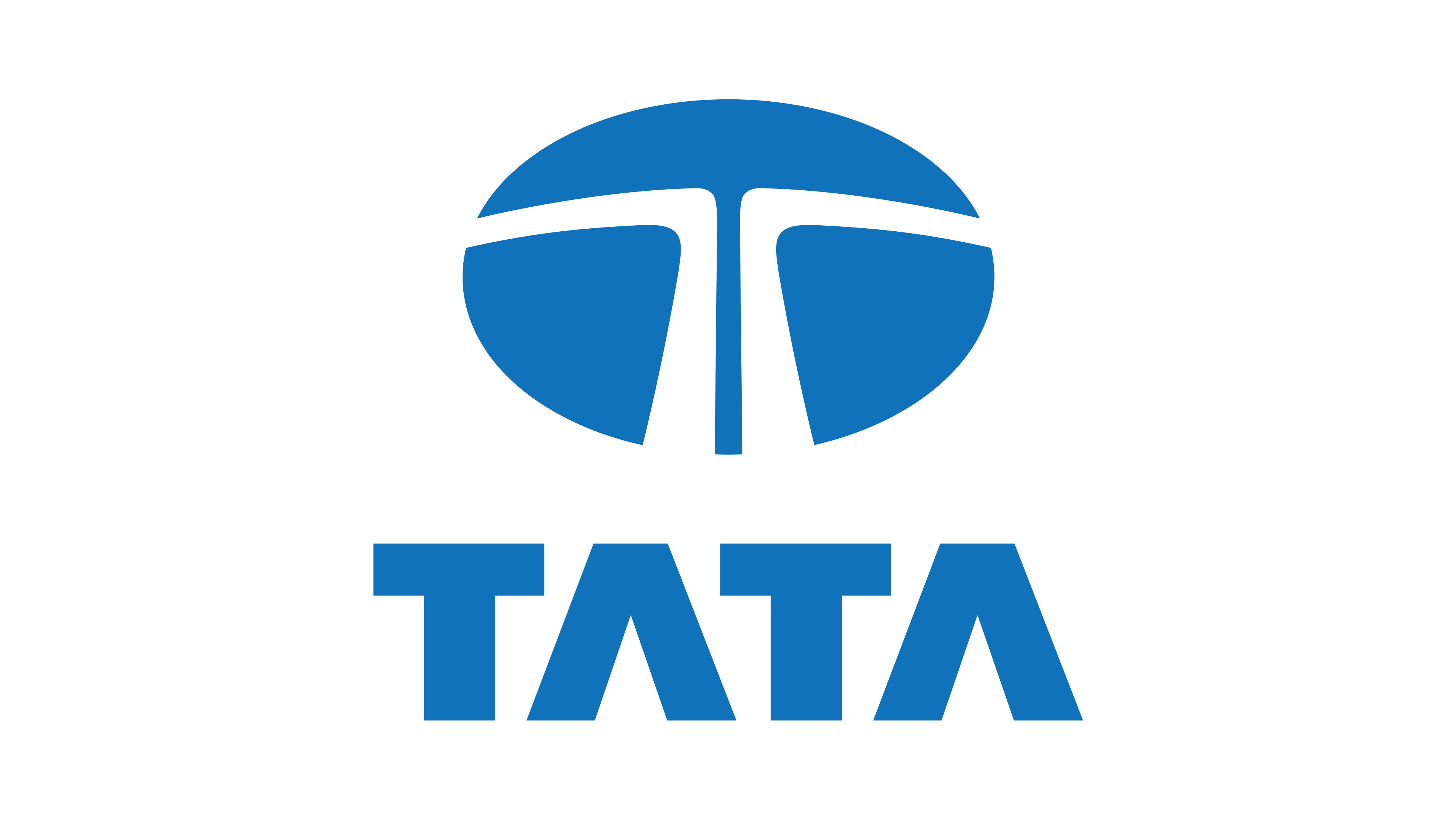S V Controls provides sustainability solutions for the glass
Types of Glass
Flat Glass
- Float
- Ultra-thin
- Display
- Optical
- Sapphire
- Coating
Hollow and Pressed Glass
- Borosilicate
- Crystal
- Tableware
- Jars and Bottles
- Flaconage
- Pharmaceutical
Tube Glass
- Pharmaceutical
- Lighting
Fiber Glass
- Reinforcement
- Insulation
- Optical
- Biomedical
Energy and efficiency solutions
- Energy saving power control
- Energy saving gas combustion control
- High efficiency precision process control
- Adaptable to meet future Challenges
Profit from sustainability power solutions
- Energy and environmental costs are minimized, less risk of related taxes and fines
- High availability of electric heating systems, lowers the risk of downtime.
- Productivity can be increased to meet demand when needed
- Publish energy and environmental KPIs that stand out from the crowd
Reduce energy costs and carbon footprint
Glass manufacturers who don’t make the leap to modern control technologies risk paying unnecessarily high energy costs for day to day operations, plus fines for going over their energy tariff and taxes for failing to meet energy and environmental targets. Old style “fixed” systems also make it difficult to increase the furnace output if you need
to meet growing customer demand. Think about how these issues could affect your business over the lifetime of the furnace.
Over the years Eurotherm have developed a range of scalable power control solutions ideal for the efficient operation of high energy glass processes. From advanced power control, best of breed transformers and expertly designed system layout, to intelligent burner control, the methods and technologies used help prevent unnecessarily
high energy costs, fines and taxes, and offer a cost-effective way to increase furnace productivity in a stepwise manner.
Applications of Glass
Glass Furnace Control
Changing composition raw materials into a molten glass that meets the needs of production is one of the most complex processes in the industry.
Extreme dead times and sometimes frequent pull rate fluctuation of the glass furnace makes the control of the furnace process complex. As the furnace is one of the most expensive resources for a glass manufacturing plant, stable and smooth control is a must, capable of keeping all parameters inside their narrow boundaries, as this will have a positive effect on the furnace lifetime.
Electric Furnace Boosting
It also provides a useful control parameter for advanced glass temperature control strategies and pull rate fluctuation compensation. EurothermEPower controller based solid state electrical heating systems provide 100% freedom of control at optimum efficiency, achieving best power factor with minimum harmonic distortion. The award-winning Predictive Load Management strategies will eliminate peak power demand when running in full cycle mode.
Furnace Glass Level Control
Extreme dead times and sometimes frequent pull rate fluctuation of the glass furnace makes the control of the furnace process complex. As the furnace is one of the most expensive resources for a glass manufacturing plant, stable and smooth control is a must, capable of keeping all parameters inside their narrow boundaries, as this will have a positive effect on the furnace lifetime.
Stoichiometric Combustion Control using 3500
It is capable of being used solely to control the Lambda potential of the furnace, or as an integrated controller where this variable is controlled in conjunction with temperature.
Additional features provide maths and combined logic functions.
At the heart of the controller is a specially designed function block capable of accepting most zirconia probes. Standard features include an automatic probe cleaning routine diagnostics indicating that the probe is about to fail and should be replaced.
Modulating Burner Combustion Control
Increasing focus on reducing energy costs has led manufacturers to concentrate on new burner design techniques and important advances in efficiency gains have been made over the years. Burner management and control systems must be equally adaptive.
Eurotherm® provide efficient, well implemented control techniques capable of reducing operating costs whilst providing resources for greater flexibility in plant management and control.
Control and Supervisory Systems for Windscreen Forming
With the automotive industry demanding more and more stringent tolerances and introducing more complex forms and shapes, the production process of automotive glass panels has become extremely complex.
Resulting, for example in a Tunnel furnace, having hundreds of sub zones, requiring precise and complex temperature control running multiple recipes to allow maximum production flexibility. Resistive elements as well as medium wave infra red heaters have to be controlled to very tight parameters whilst maximizing energy efficiency.
Flat Glass Online and Offline Coating
Most common today are self cleaning, anti reflective, infra-red reflective and low-emission coatings for automotive, architectural and PV solar panel applications. The application of these coatings happens via complex on-line chemical vapor deposition and off-line cathodic sputtering technologies. These processes requiring precise control of chemical flows as well as highly accurate temperature control as part of the integrated production process.
Fibre Glass Bushing Control
The Eurotherm bushing temperature control application has been specifically designed to control temperature cycling in glass fibre manufacture and has been shown to bring you:
- Increased efficiency
- Improved recovery time
- Increased availability and productivity
- Set point depression and ramping
Allowing control of the temperature profile during a production cycle.
- ‘Cold bushing’ protection
Preventing thermal shock to the bushings in the event of operational or mechanical failure.
- Better than 1°C resolution.
- Operation with one or two thermocouples
Efficient implementation in complex control systems requiring programmed start-up of a heat sensitive process from stand-by condition.
Excess of air control
Modern regenerative side or end port furnaces as well as recuperative furnaces profit from a stable, controlled combustion process. Such a stable and precisely controlled process will result in improved furnace lifetime as well as optimum, efficient fuel consumption. Energy saving up to 2% can be achieved which will result in a fast return on investment. The glass melting process will also profit from a stable furnace combustion space environment.
Crown & Bottom Thermocouples
These thermocouples need to be capable of accurate measurement whilst demonstrating the minimum in temperature drift over time.
Tin Bath Roof and Annealing Lehr Heating Control
The multiple zones of a tin bath roof require a huge electrical heating system that takes care of hundreds of silicon-carbide (SiC) heating elements. In order to guarantee the lifetime of those electrodes combined with the highest energy efficiency they have to be controlled in a special way.
Annealing Lehr Heating Control
Annealing is a process of slowly cooling glass to relieve internal stresses after it was formed. The process is carried out in a temperature-controlled Lehr. Glass which has not been annealed is liable to crack or shatter when subjected to a relatively small temperature change or mechanical shock. Annealing glass is critical to its durability. If glass is not annealed, it will retain many of the thermal stresses caused by quenching and significantly decrease the overall strength of the glass.
Stoichiometric Combustion Control using 3500
It is capable of being used solely to control the Lambda potential of the furnace, or as an integrated controller where this variable is controlled in conjunction with temperature.
Additional features provide maths and combined logic functions.
At the heart of the controller is a specially designed function block capable of accepting most zirconia probes. Standard features include an automatic probe cleaning routine diagnostics indicating that the probe is about to fail and should be replaced.
Electrical Boosting Solution
When choosing a boosting solution for your glass furnace, you need to look ahead 15 to 20 years to get the best return on investment (ROI) in terms of capital expenditure (CAPEX) and operating expenditure (OPEX). Think about the changes you might need to make if your business grows. Will you need to increase your output, what will the most efficient methods be in future, and which new energy regulations might affect your costs and carbon footprint?
Eurotherm by Schneider Electric have over 50 years knowledge in the glass industry, and our boosting solution is designed with the future in mind. Giving you the flexibility you need to “buy what you need now”, “expand later” and “re-use elsewhere”.
Flat Glass Manufacturing
Float Glass
The float process, invented by Sir Alastair Pilkington in 1952, makes flat glass. This process allows the manufacture of clear, tinted and coated glass for buildings, and clear and tinted glass for vehicles.
There are around 260 float plants worldwide with a combined output of about 800,000 tonnes of glass a week. A float plant, which operates non-stop for between 11-15 years, makes around 6000 kilometres of glass a year in thicknesses of 0.4mm to 25mm and in widths up to 3 metres.
A float line can be nearly half a kilometre long. Raw materials enter at one end and from the other plates of glass emerge, cut precisely to specification, at rates as high as 6,000 tonnes a week. In between lie six highly integrated stages.
Silicon Carbide Heating Elements
Construction
Silicon carbide is a ceramic material with relatively high electrical conductivity when compared to other ceramics. Elements are produced by pressing or extruding and then sintering.
Electrical characteristics
The resistance of these elements varies with both temperature and time. The nature of these variations depends on the particular grade of material and manufacturer.
Gob Temperature Equality Control
The availability of modern ultra fast in-situ gob temperature measurements proved that there is lot going on in between the nine-grid and the orifice. Since it is of outmost importance for the forming process to obtain equal gob temperatures in seems to be obvious to look after different ways of controlling the glass running into the spout and the way it is transported in the spout to the orifice. Plungers and tube control proved to have a big influence on the temperature distribution over the gobs hence they are still not actively controlled by any systems other then gob weight control.
Managing equal gob temperatures in a double gob forming process can be done without major issue. However, the gob temperature stability is not guaranteed by the nine-grid stability.
“Controlling equal gob temperature in triple gob or quad-gob processes becomes exponentially more difficult”.


















